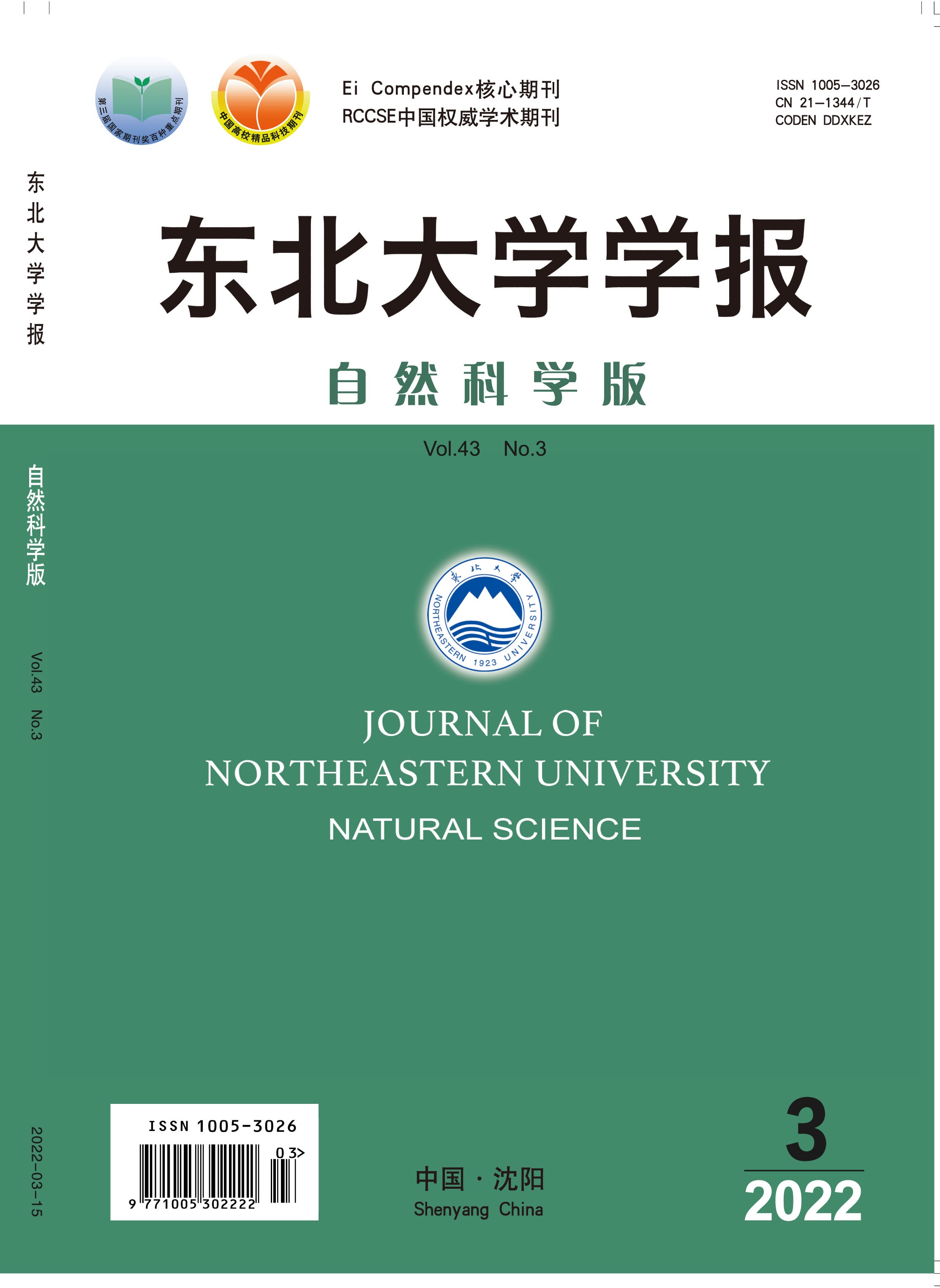|
Finite Element Analysis of Tensile Failure of Open-Pored Carbon Fiber Composite Laminates
CHEN Xiao-hui, ZHANG Heng, LIU Ming-yue, HOU Dong-xiao
2022, 43 (3):
397-403.
DOI: 10.12068/j.issn.1005-3026.2022.03.013
The failure process of the open-pored T300/1034-C carbon fiber composite laminate with a ply angle of [0°/(±45°)3/(90°)3]s under tensile load was studied by using 2-D shell elements and 3-D solid elements in the ABAQUS finite element software. First, the shell element and continuous shell element carbon fiber composite material models were established with the ABAQUS finite element software, and the internal failure of the layer was simulated using the built-in 2-D Hashin criterion and degradation model. However, the 2-D model did not consider the interaction between the failures of each layer, and by writing the material subroutine VUMAT, the 3-D Hashin criterion and the equivalent stress-strain bilinear degradation method based on the fracture energy were introduced, and the solid element was used to simulate the carbon fiber composite material failure behavior. Through the simulation of three element models, the results showed that the stress concentration caused by the opening will make the fiber and matrix of the laminate more likely to fail during the stretching process and become the source of cracks; during the failure process of laminates, they all show a failure development trend from "X-shape" to "hourglass-shape", and eventually break in the width direction; compared with the traditional shell element and continuous shell element, the simulation accuracy of the solid model is closer to the experimental value. The simulation limit failure loads of the three elements differ from the literature data by 26.1%, 31.1%, and 8.64%, respectively.
References |
Related Articles |
Metrics
|

